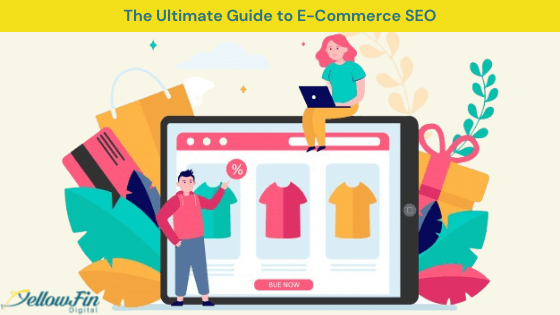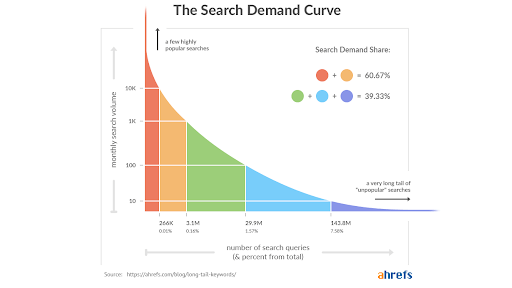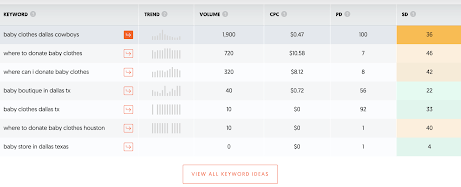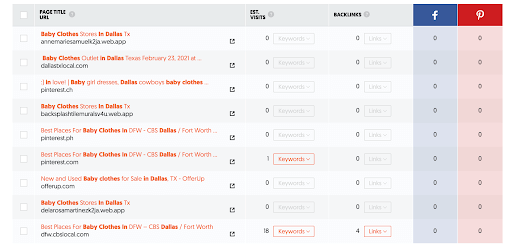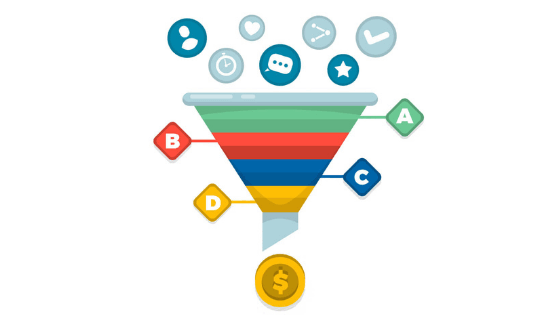When you have an e-commerce store, bringing in regular traffic matters the most.
Getting discovered by a new audience regularly is the only way to scale your business. And this is where SEO plays an important role.
So, how can you leverage SEO for your organic traffic?
First of all, e-commerce SEO isn’t the same as the SEO we do for other businesses. Of course, the basic concept is the same, but the purpose and the techniques are slightly different than the other websites.
In this blog, our e-commerce experts from our Dallas SEO Company, YellowFin Digital, will take you through the steps of improving your organic traffic and, thereby, the sales with e-commerce SEO.
How Do You Implement E-Commerce SEO the Right Way?
While there are so many SEO factors, we’ll be looking at some of the most important ones with the most significant impact. We have collated the top things you need to look at from our six years of experience offering SEO services in Dallas for e-commerce businesses.
Focus on Long-Tail Keywords
There are thousands of businesses offering the same products as you do online. What can you do in this vastly competitive market to reach your target audience first — before your competitors?
Long-tail keywords are the answer. Most companies focus on popular keywords to rank. But, these are the keywords that every other e-commerce company is targeting and can be difficult for a new company. Long-tail keywords, on the other hand, have concise traffic. In other words, you’ll be targeting only those who are ready to buy exactly what you offer with your specific features and, therefore, can be converted easily than the audience led from generic keywords.
In fact, when we look at this image, it’s clear that though the search volume of the first two sections is higher, the number of search queries in the later sections is lower. And so is the search volume. This combination opens up a lot of opportunities to get worthy leads.
Perform In-Depth Keyword Research
While we’re clear on targeting the long-tail keywords, how can you do that?
Keyword research.
Several online tools like Moz, Ahrefs, and Uber suggest getting detailed stats on the keywords. Let’s go through this with an example of an e-store selling baby clothes in Dallas.
To start with, we can type the generic product of your e-store in Ubersuggest. In this case, we type ‘baby clothes in Dallas.’ First off, you can see that you get an overview of the search volume (which you can get accurately through Google search results), SEO difficulty, and paid difficulty.
You’ll also get ideas for keywords, their volume, the cost of paid ads, and the trend. You can expand on the trend to get the in-depth details of that particular keyword, the Google search results and the number of visits, domain authority, and backlinks to the individual websites on the Google results. You can browse this list to choose a few long-tail keywords close to your business and will be used by your target audience.
You’ll also get a list of content ideas with backlinks and social shares. You can use a combination of these keywords and ideas to create content and improve your SEO.
If you’re unsure about picking the right keywords, you can reach out to any SEO agency for assistance.
Perform Content Gap Analysis
Let’s say that you already have a bunch of content on your website trying to score for SEO. But even after all your efforts, you feel that something is lacking but can’t put your finger on it. This is where keyword gap analysis helps.
You can use any keyword gap analysis tool online to find the keywords you’re missing to rank. Or, you can perform competitor analysis, get a whole list of keywords they’re ranking for, and then compare it with your keywords. You can quickly identify the content areas where you’re missing out.
Sometimes, you’ll only need to revise your existing content by including new keywords, and sometimes, you may need to add content from scratch based on the missing areas.
Improve Your User Experience
While we’re talking about keywords and content to improve your SEO-friendliness, let’s not forget about another important factor — the user experience.
There are several metrics that Google and other search engines use to determine how friendly your website is. Some of these are:
- The time people spend on your website
- Your bounce rate
- The loading time
- Image optimization and loading time
- Website structure
- Site navigation
- Schema tags
- Alt text
- Image or filename
- Header tags and URL
Most of these concern the website design, and you need to make sure that every one of these elements is working well and meets Google’s requirements. Even if one of these metrics slips down, say your bounce rate increased by 10%, then it’ll have a severe impact on your search engine ranking.
Wrapping Up
As a new e-commerce business, it can be hard to take care of SEO while managing your business operations. It is during these times that getting the help of an SEO agency in Dallas can help. Our e-commerce marketing experts can help in increasing organic traffic to your e-store with the right SEO practices. Reach out to us now for a free quote here.
